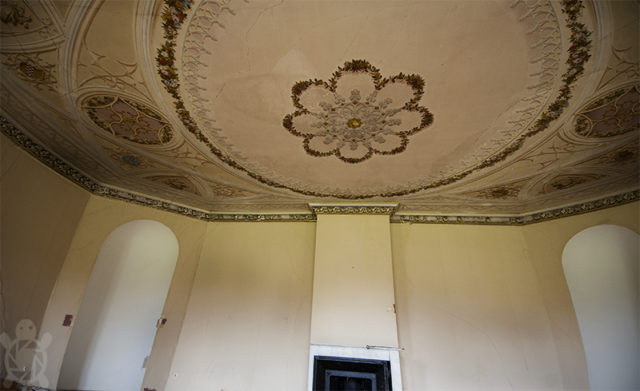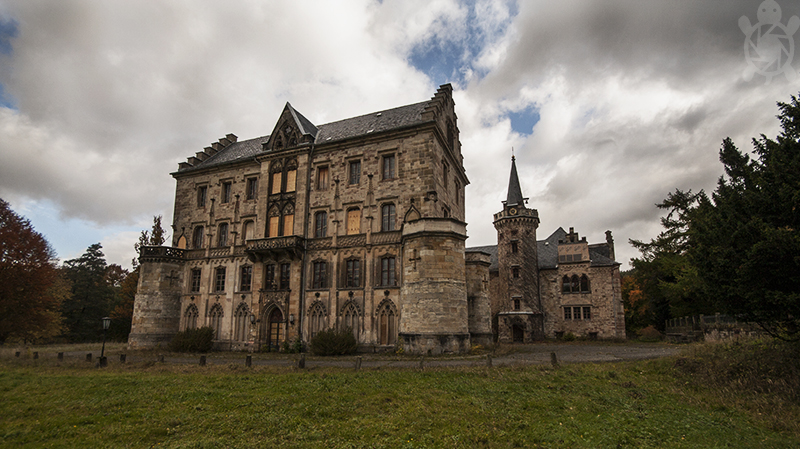Schloss Reinhardsbrunn (also known as Rapunzel Castle) is a German neo-Gothic building located on the Reinhardtsbrunn in the town of Friedrichroda, part of the State of Thuringia, Germany. It stands on the site once occupied by Reinhardsbrunn Abbey.
Established as early as 1085, the abbey was founded by Louis Springer, a Thuringia Landgrave (a ruler of the state of Thuringia). It was created amidst the turmoil of the Investigative Struggle, where the church and the state were in dispute over who could choose and install bishops.
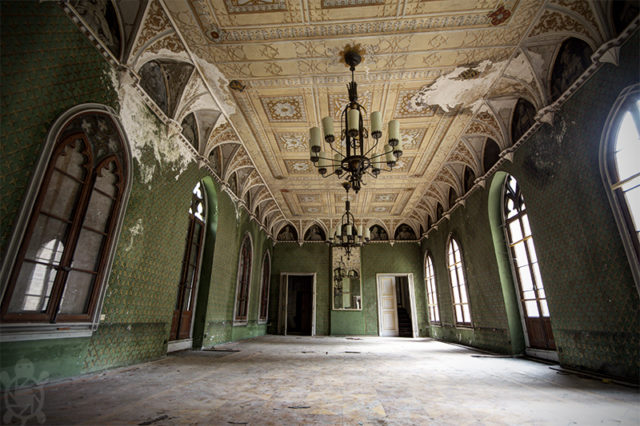
The monastery became the home of a Benedictine order of monks from Hirsau Abbey, and Reinhardsbrunn Abbey came under papal protection from 1093.
Records indicate that the building was not only a private monastery but also a dynastic burial ground for the Ludovingian landowners. The abbey began to lose its importance from 1247 onwards when the Ludowinger dynasty ended. However, the grounds continued to be used as a burial place for the Wettin dynasty, which succeeded the Ludovingians.
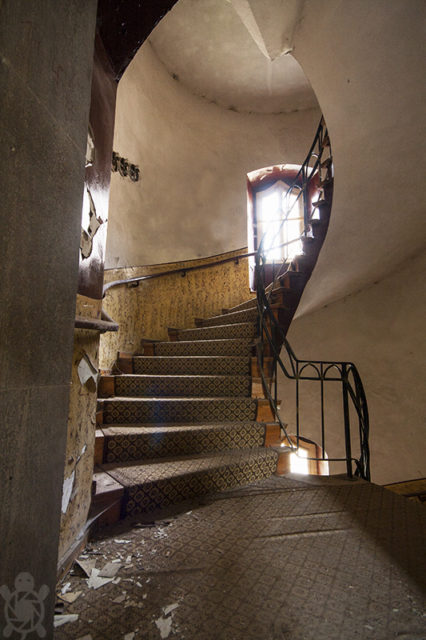
During the German Peasant War in 1525, the monastery was looted and destroyed. All the monks fled, and the site was secularized. In the following decades, the abandoned buildings fell into disrepair.
In the 16th century, the town of Reinhardsbrunn was part of the Ernestine duchy of Saxe-Weimar. In 1572, Duke Friedrich Wilhelm I carried out works to transform the former abbey into the local seat of administration.
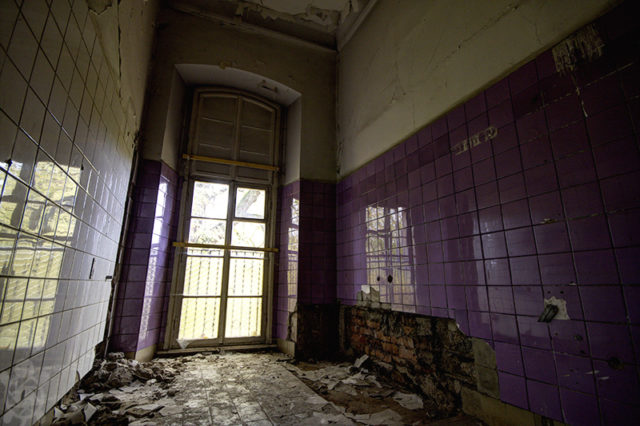
The main part of the castle was restored under the orders of Duke Frederick II of Saxe-Gotha-Altenburg around 1706. From 1827 onwards, it was used as a hunting retreat.
The ruins that remain today are of the Neo-Gothic castle that was constructed in the mid-19th century by Duke Ernest I of Saxe-Coburg and Gotha. With help from architect Gustav Eberhard, the Duke transformed the former abbey into a castle to be used as his English-style summer residence.
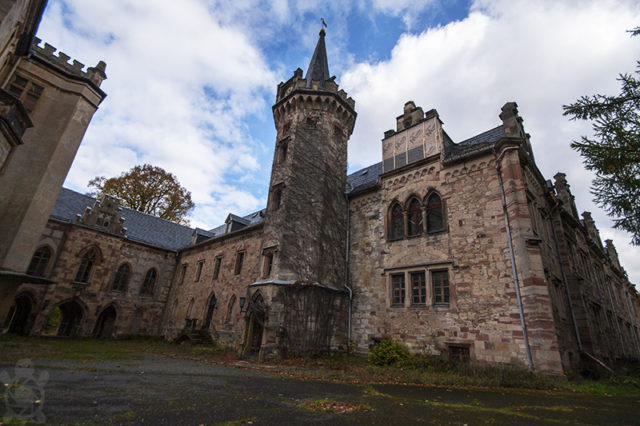
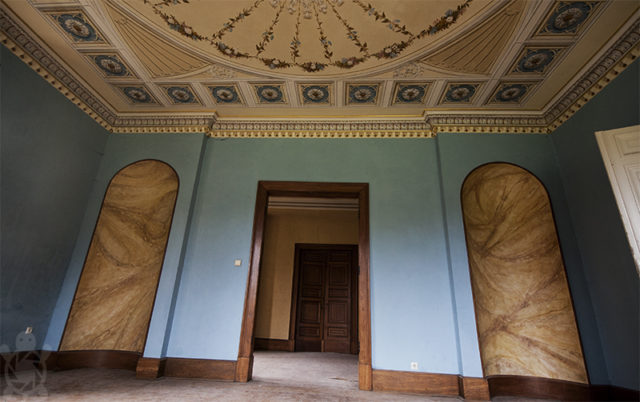
Part of the Neo-Gothic design for Schloss Reinhardsbrunn involved a bell tower with a tall spire. It is likely this feature that led to Schloss Reinhardsbrunn being known as “Castle Rapunzel.” In 1850, the castle was surrounded by a landscaped park.
Duke Ernest I was the father of Prince Albert, the husband of the British monarch Queen Victoria. Young Albert spent many summer months at Schloss Reinhardsbrunn during his childhood. The Royal Collection Trust has a series of photographs of the castle that Queen Victoria commissioned in 1858 for her husband, knowing his love for the place.
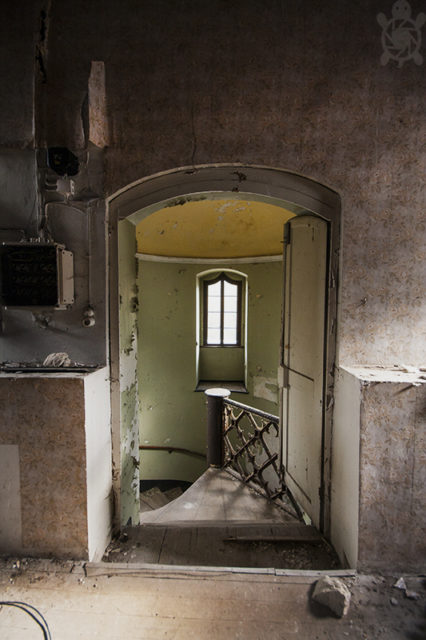
The Duke held onto the castle throughout the subsequent wars, but as soon as World War II ended, the residence was taken over by the East German state. For a while, Soviet Red Army troops used it as a military hospital.
After the hospital was closed down, the state used Schloss Reinhardsbrunn for various functions. In 1953, the castle and its grounds were transferred to the State of Thuringia and used for police and firefighter training. Then, in 1961, the authorities converted the castle into a hotel.
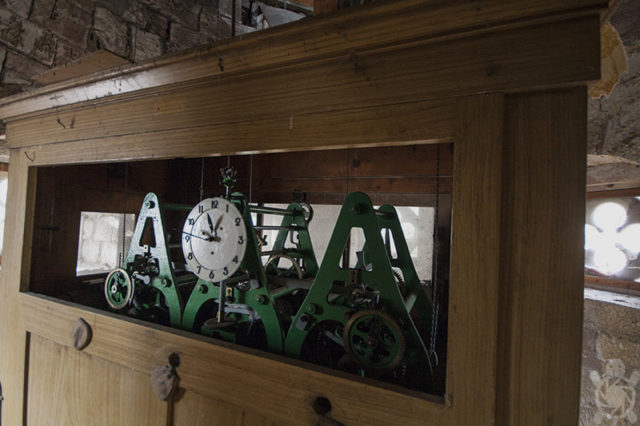
Following the reunification of Germany, Schloss Reinhardsbrunn passed through the hands of various tourist and hotel companies. Projects were floated to convert the building into a 5-star hotel, but none of these ever got off the ground. By 1991, Schloss Reinhardsbrunn was in a seriously neglected state.
In 1992, the State of Thuringia listed the building as a historic monument. It had already been listed in 1891 as a landmark of the duchy and as a place of national significance to East Germany in 1980.
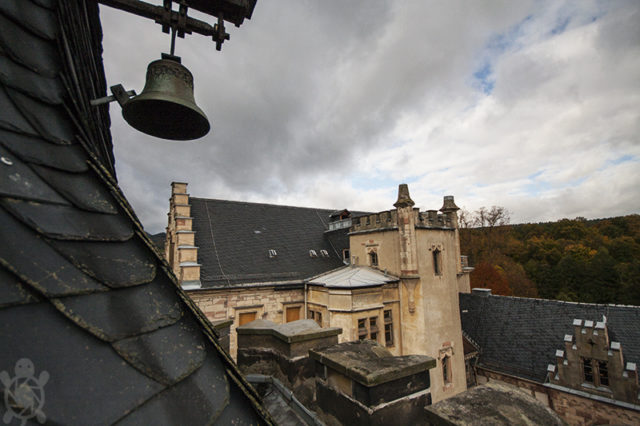
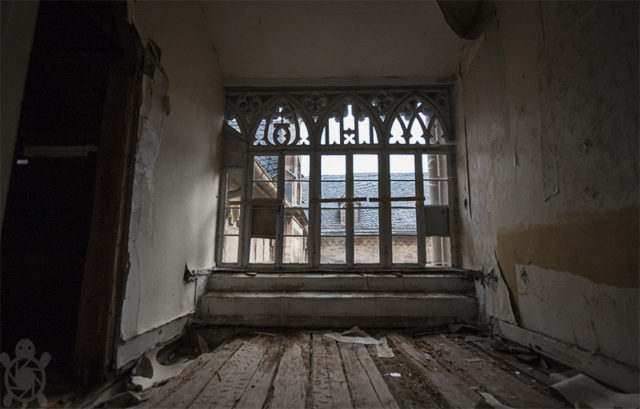
In 2006, a small construction company called BOB Consult GmbH purchased the castle for the equivalent of $29,000. Two years later, the company was sold to the Russian investment consortium Rusintek for $14 million, and Schloss Reinhardsbrunn was transferred to a new owner in the process. The investors declared they had plans to build a grand hotel on the site.
However, the State of Thuringia suspected the Russian company had only purchased BOB Consult to enable them to launder money. This seemed backed up by the Russian commercial register which showed that, in 2008, this company posted zero revenue.
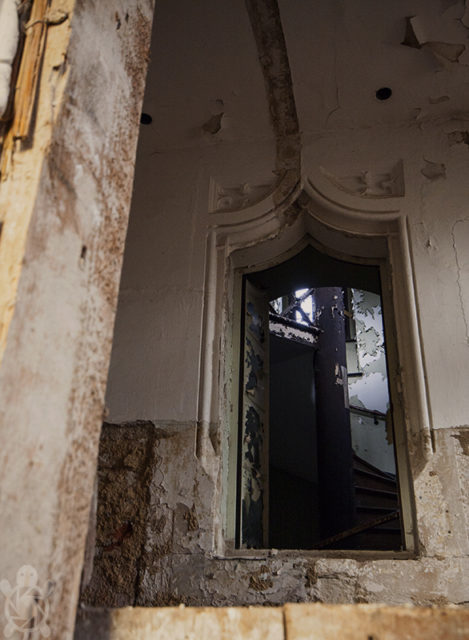
As matters dragged on and the castle remained in a derelict condition, the government made a bold move by issuing a decree under its powers to preserve historical monuments. The investment company was told to either renovate the property or put it up for sale.
In response to this move, the investment company offered to sell Schloss Reinhardsbrunn to the State of Thuringia for a token payment of one euro. In July 2018, the State legally repossessed the castle and immediately carried out some necessary repairs.
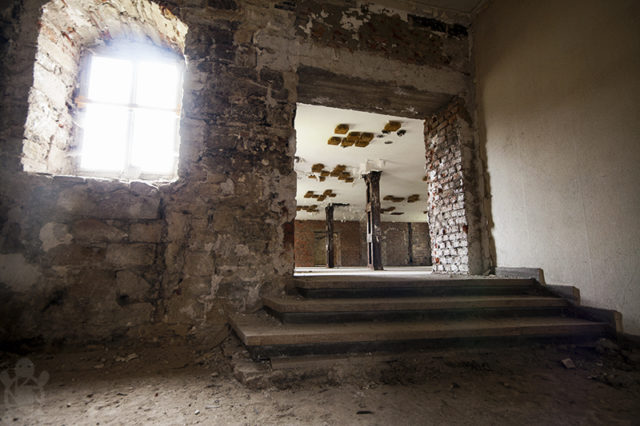
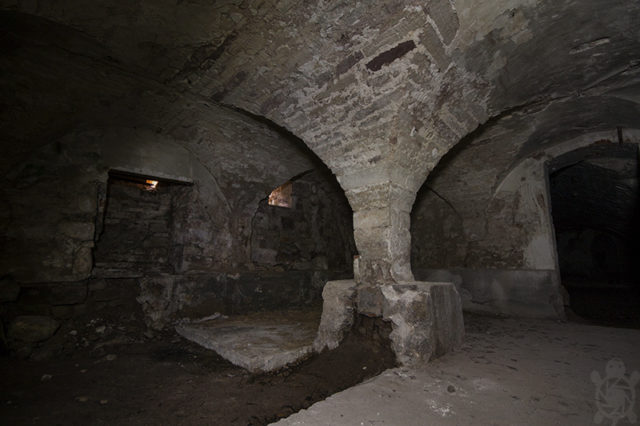
But this was only addressing immediate concerns, and it was clear that Schloss Reinhardsbrunn needed further substantial work. To this end, the State put aside around 1.9 million euros to pay for such restoration. However, others have estimated that about 40 million euros would be needed to fully restore Schloss Reinhardsbrunn to its former glory.
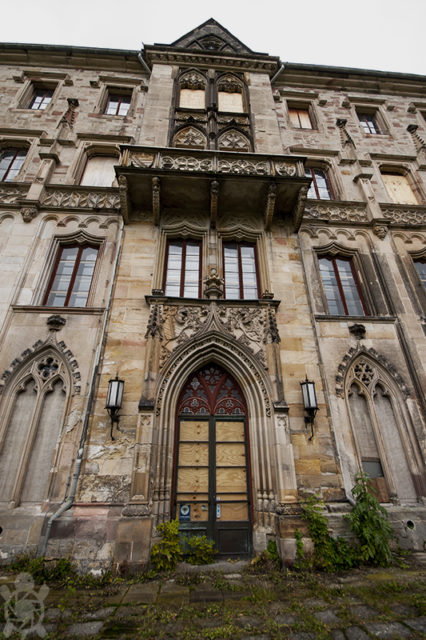
The photos of this beautiful castle were taken by Benjamin Seyfang. He is not only a photographer but also a street artist. Street art was Benjamin’s first hobby, before photography, and through it, he discovered the beauty of decay.
Now, Benjamin Seyfang travels all over the world in search of forgotten places. His website is full of photographs, each with its own story. Follow him on his fascinating Facebook page.
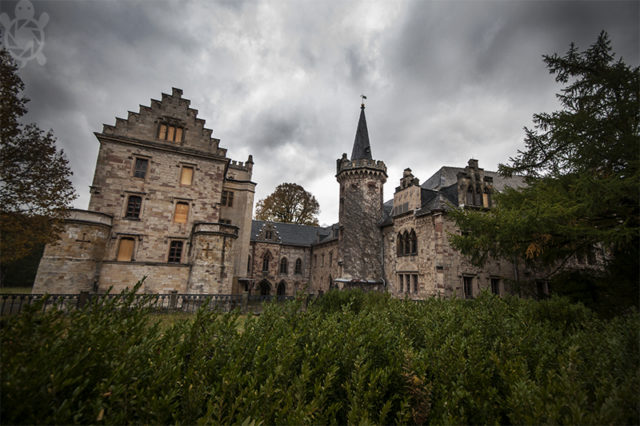
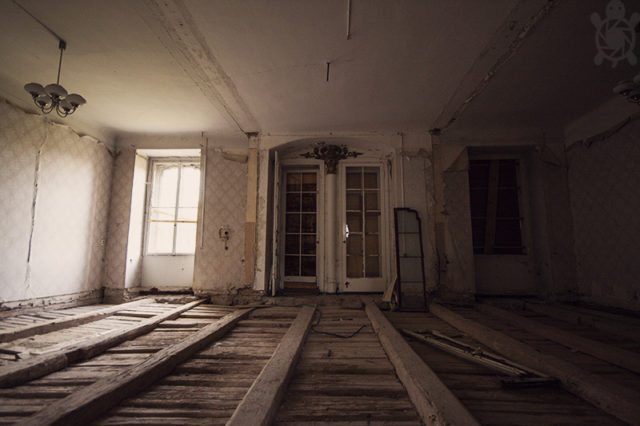
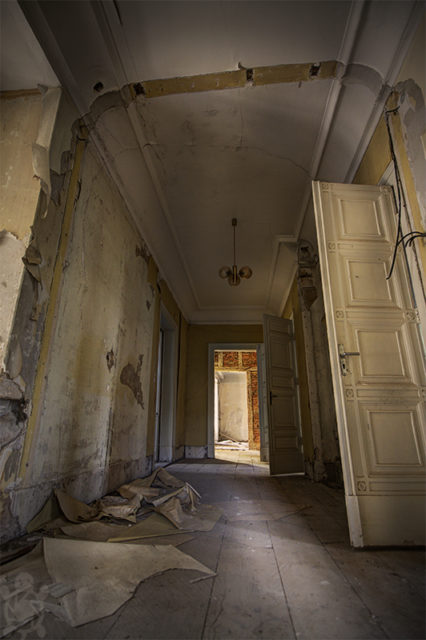
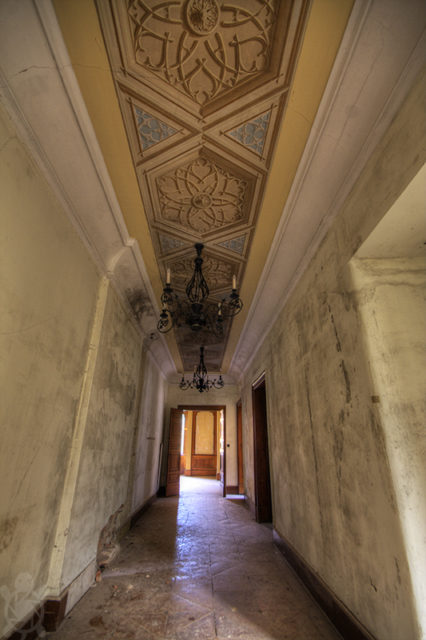
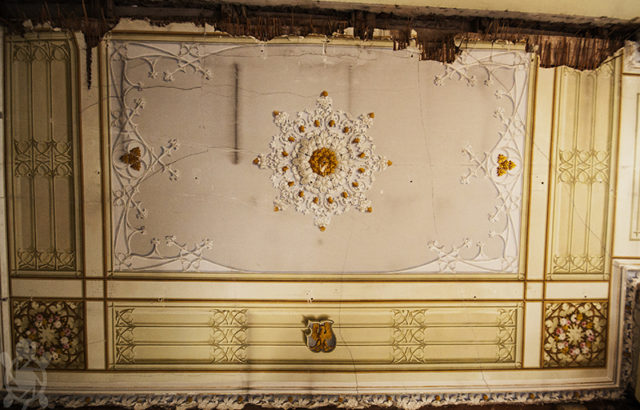
Another Article From Us: Sveti Grgur – Former Women’s Penitentiary Camp in Croatia
